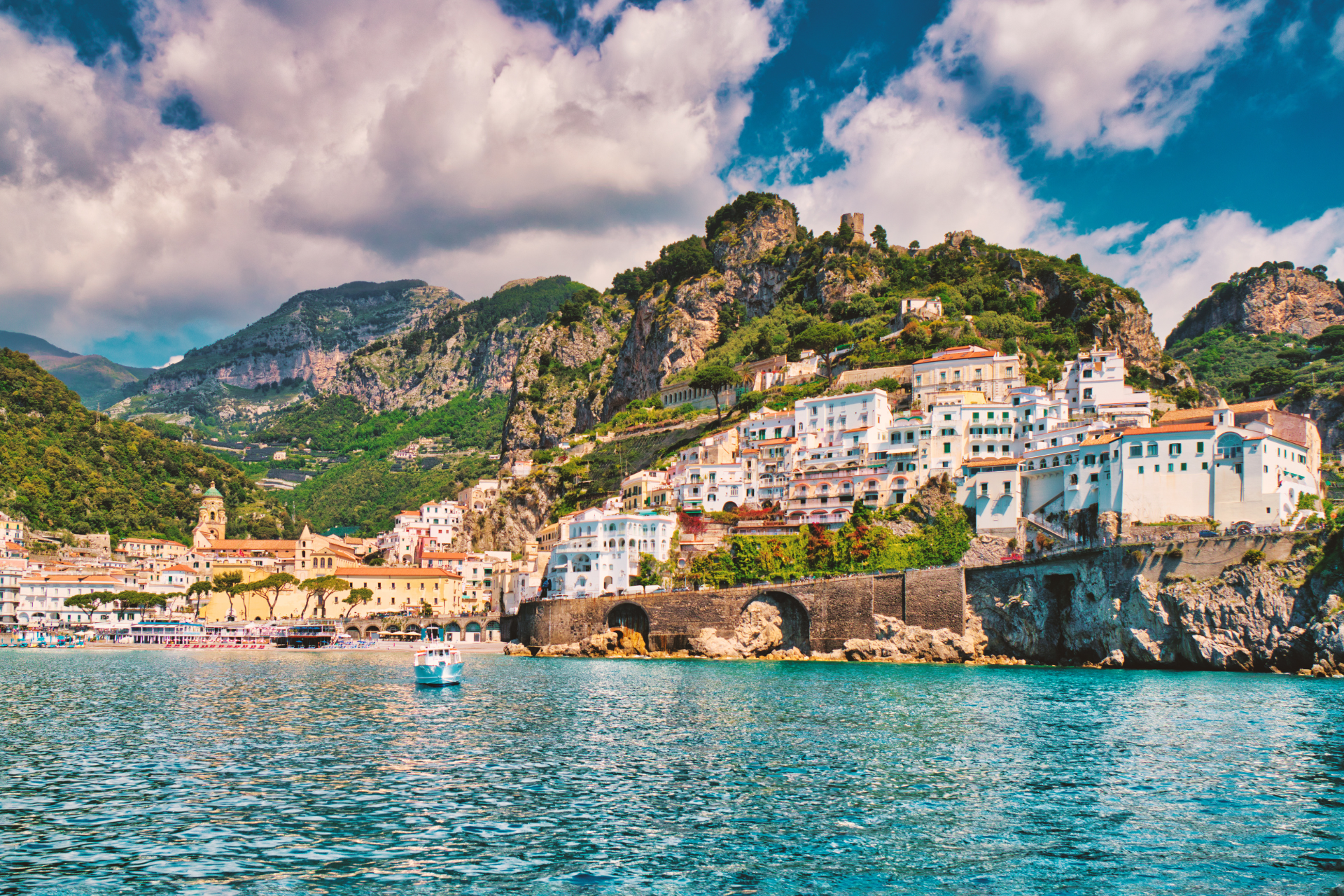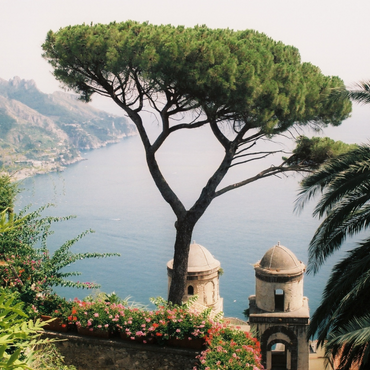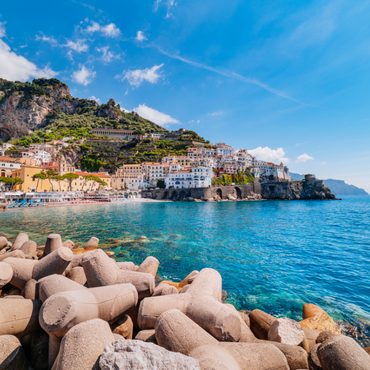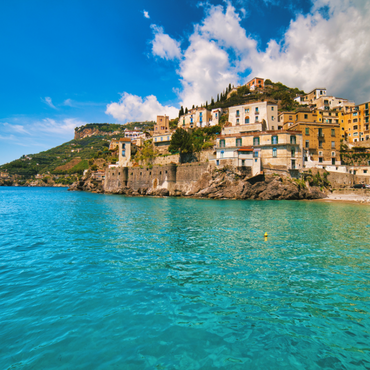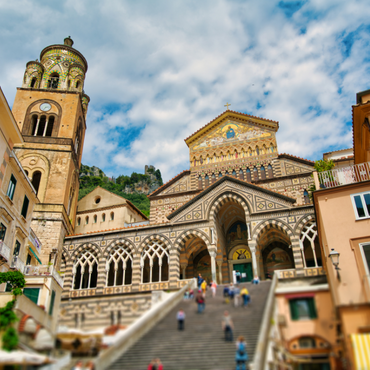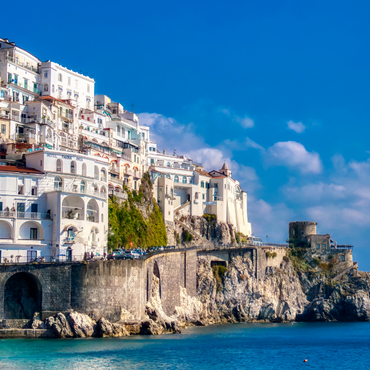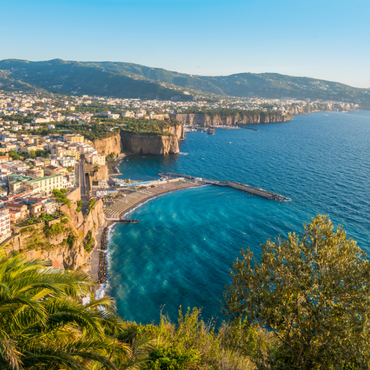Amalfi Coast
The Divine
During classical antiquity the Amalfi Coast was the object of interest by nobles and inhabitants of the neighboring cities, who, on the one hand built villas for holiday stays, and on the other exploited the agricultural and woodland resources of the hilly and mountainous part of the territory. It became a protagonist in the history of the medieval Mediterranean thanks to the role of a strong commercial power played by Amalfi starting from 839 AD, the year of the proclamation of the Maritime Republic.
The Middle Ages opened this area to the influences of the Mediterranean East thanks to the trade that Amalfi and all the lands of the Duchy, which extended from Vietri sul Mare to the island of Capri, held with the Byzantine ports. Subsequently, its history saw the enfeoffment of the area by Italian patrician families who acted as great patrons in the area. The transition from feudalism to the municipalities is due to a great gesture of love for their land by the inhabitants, who redeemed the Coast and its value. Its beauties have made it a treasure chest and, due to its natural conformation, it's like a terrace suspended between the mountains and the sea... these reasons earned it the nickname of Divine Coast.
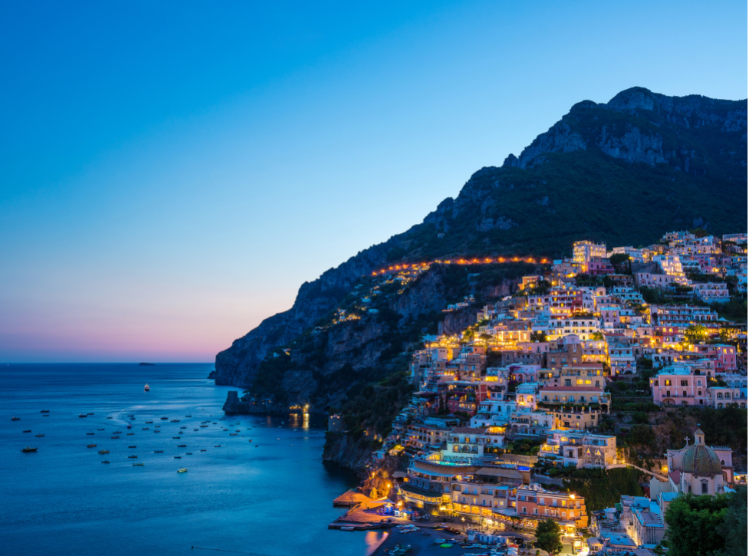
Coast spots
The panoramic SS. 163, built in the Bourbon era, connects all the towns of the Amalfi Coast. Between curves, rocky walls and viewpoints, the Amalfi Coast offers landscapes declared a World Heritage Site by UNESCO. Discover the towns of the Coast and experience its incomparable beauty which over time has enchanted travellers, artists and poets.
Amalfi, Atrani, Cetara, Conca dei Marini, Furore, Maiori, Minori, Positano, Praiano, Ravello, Scala, Tramonti, Vietri sul Mare

